A plethora of useful tips, a few stories, an insider’s look into seasons and activities, read all of these before visiting Banff National Park, Canada.
Last updated: March 21, 2025
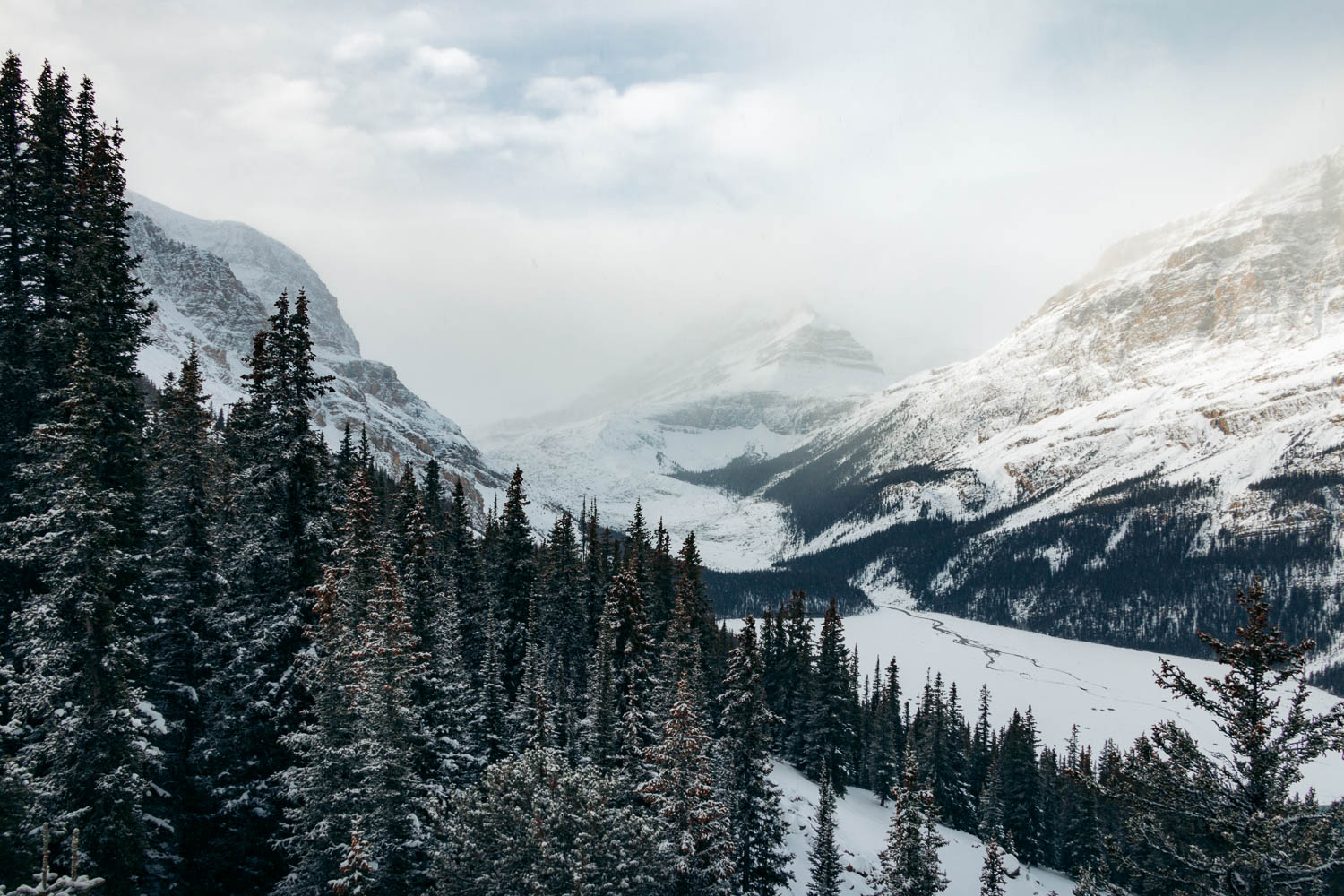
What You Need to Know before Visiting Banff National Park
Banff National Park… Our first closest possibility to visit one of Canada’s finest parks occurred about a year after the entire world had gone into lockdown. Not yet entirely sprouted back after the greatest pandemic of this generation, the United States started slowly opening its national parks. In nature, far away from four walls that had confided normality for months, our spirits soared.
It was early summer when we planned our much anticipated trip to Glacier National Park, often referred to as the “Switzerland of North America”. Banff National Park with its pristine lakes and gigantic mountains that looked like Canadian siblings of Montana’s renowned park was just four hours away. Crossing the border and exploring the national parks in the U.S. and Canada on the same trip, however, was impossible yet.
A couple of months ago when Roshan mentioned that he’d been longing to see Lake Louise, I quickly executed a few possible Banff itineraries. Never mind, it was the beginning of the winter season in Banff National Park and the lake had lost its iconic colors. What mattered the most was that we were finally going to see the natural opulence of Alberta in person.
Planning a Trip to the Canadian Rocky Mountains
Banff National Park offered more than what we had expected. Putting a halt to another noisy summer season, the Canadian Rocky Mountains now exuded an air of tranquility. Empty trails yearned to be trekked. Frozen waterfalls in Johnston Canyon invited us to join their seasonal dreamland.
With wildlife hibernating or roaming farther away from the areas still visited by occasional off-season travelers, the solitude in the Banff mountains felt even more profound.
Yet the winter wasn’t probably the best time to visit Banff National Park if we wanted to immerse ourselves in its vibrancy. With many roads closed, and snowy and icy duvets on the remainder of the area, it was obvious our planning was a little bit off course. And yet the winter season brought a peculiar charm and a platitude of different activities, which made our spontaneous trip to Banff National Park well worth it.
Planning your visit to Banff National Park is, however, essential regardless of the season. There are bears you need to know how to protect yourself from while hiking in the mountains during the summer and shoulder seasons. With the arrival of warmer weather, the Banff area experiences a massive influx of visitors and increase in prices on about everything once again. And while the iconic colors return, they are often obscured behind a long line of visitors that get to the park earlier.
With that being said, here are a few things you may be glad to learn whether you visit Banff National Park during the busy summer season or freezing cold winter.
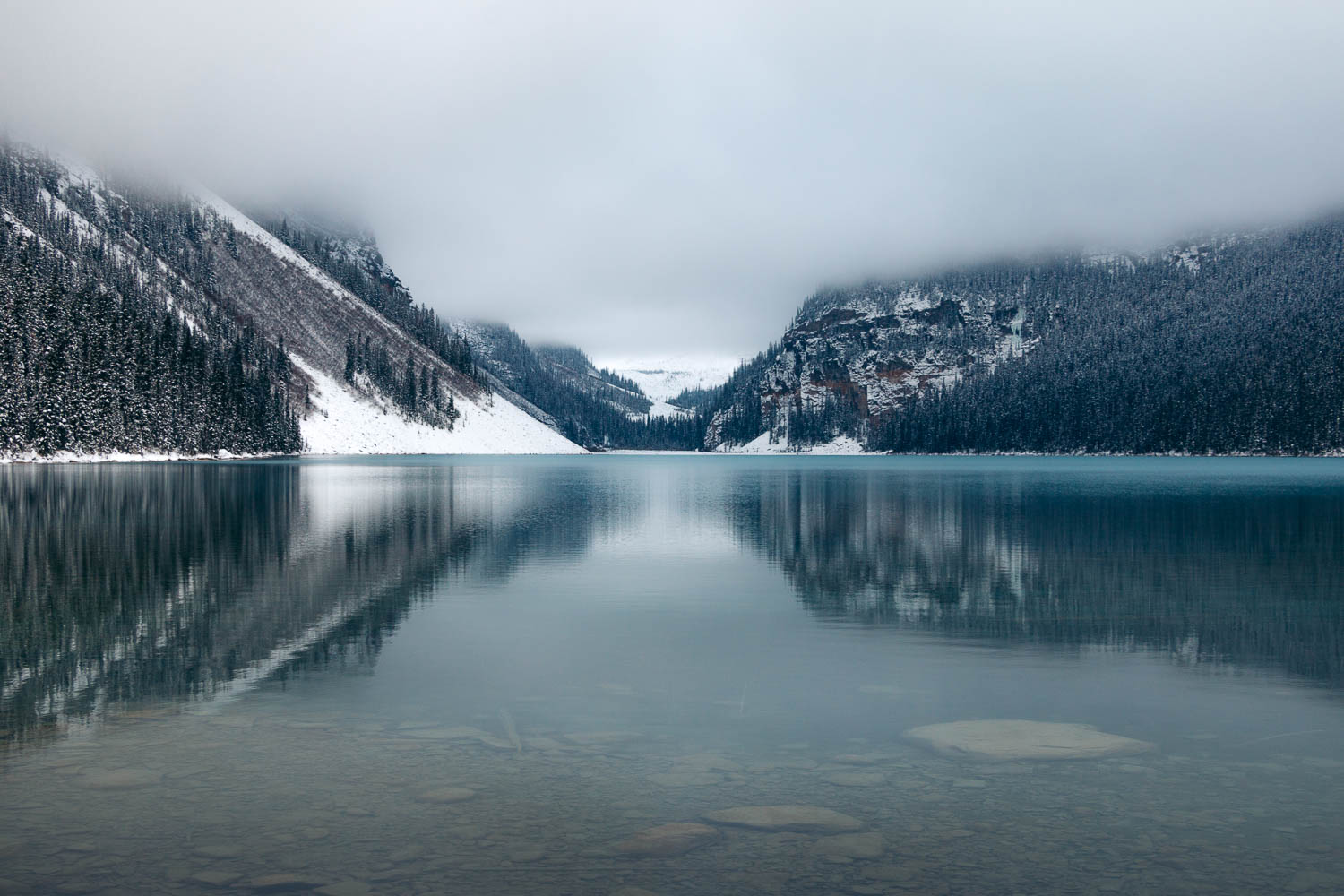
THINGS YOU SHOULD KNOW BEFORE VISITING BANFF NATIONAL PARK
1. The Oldest National Park in Canada
Banff National Park is the oldest national park in Canada. It was created on November 25, 1885 in response to a legal battle over several thermal springs located at the outskirts of the town of Banff.
Two years earlier, three railway workers stumbled upon these natural hot springs. Inspired by the popularity of spas that swarmed across Europe, the men decided to cash in on the area. Yet the conflicting claims over the discovery and therefore the right to own the hot springs arose almost instantly. The complicated legal battle followed.
Recognizing the perfect location and possibilities it would open, in 1885, the government declared that the hot springs area would belong to all Canadians. Hot Springs Reserve, later known as the Cave and Basin National Historic Site, was created.
Over the next few years, the first national park of Canada expanded significantly, changing its name several times. By 1930 it was known as Banff National Park. The name has stuck with the area up to this day.
2. Banff National Park Is So Special
One of the most popular regions to visit in Canada, Banff National Park is nestled in the Rocky Mountains and is part of the UNESCO World Heritage Site. The largest mountain range in North America, the Rocky Mountains span nearly 3,000 miles. They stretch from British Columbia and Alberta in Canada all the way through Montana, Idaho, Wyoming, Colorado and New Mexico in the U.S.
The mountainous region in southwestern Alberta is famous for its turquoise color lakes, some 1,000 glaciers, and imposing summits. The ragged peaks soar into the sky, allowing for some of the world’s most beautiful sights up above and forming some of the most resplendent natural wonders at their feet.
Famous for their ethereal shades, many of these true gems of Banff Park, including Lake Louise, Moraine Lake, and Peyto Lake, have been recognized as some of the most photographed places in the world.
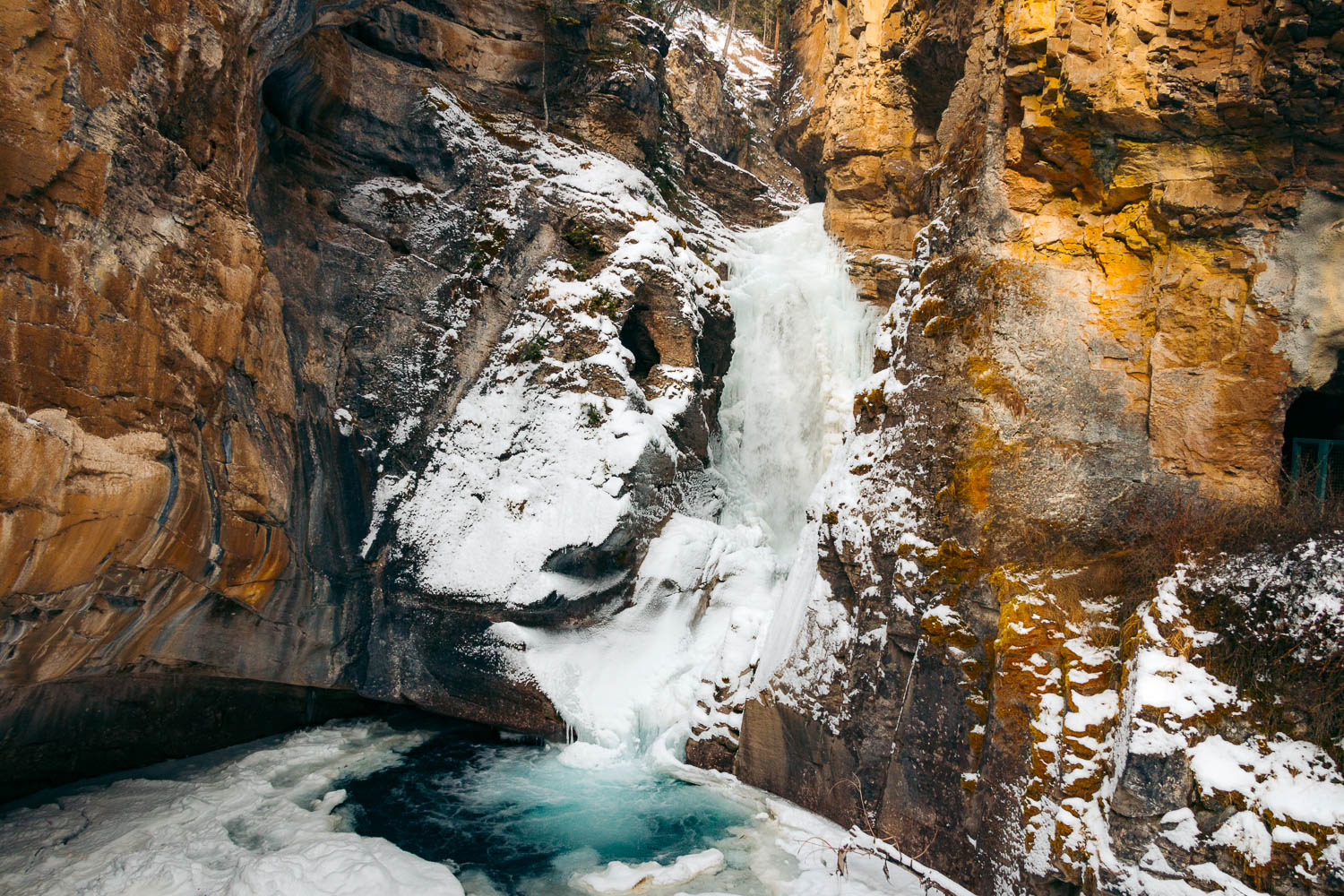
3. The Best Time to Visit Banff National Park
Banff National Park is beautiful year round. Yet the best time to see all of its natural opulence is the summer season.
Banff’s lakes fed by multiple glaciers boast their iconic colors as soon as the icy lid melts. Picturesque waterfalls spring back to life after being confined in heavy ice for nearly a third of the year. With the danger of avalanches behind, more hiking trails open up, giving full access to the crown jewels of Banff National Park.
July and August are the busiest times in the park. The influx of visitors grows day by day. If you happen to visit Banff National Park during the peak season, aim at stopping at the aforementioned lakes and Johnston Canyon, famous for its easy trail that passes by several waterfalls, early in the morning or later in the afternoon. During these times, the parking situation is less acute and the area is still relatively empty.
The majority of the tourists avoid visiting Banff National Park in the winter. A thick blanket of snow envelops the area as early as mid-October, marking the beginning of skiing and ice skating season. The winter in Banff National Park can persevere through April. Access to some of the renowned lakes during this time is limited.
The times between September to October and May to June are known as shoulder seasons. The mountains are still or on the way to improve their “behavior”. In late spring, many trails are already open for hiking. And the crowds are yet to come. The fall adds a pop of bright colors to the already imposing surroundings.
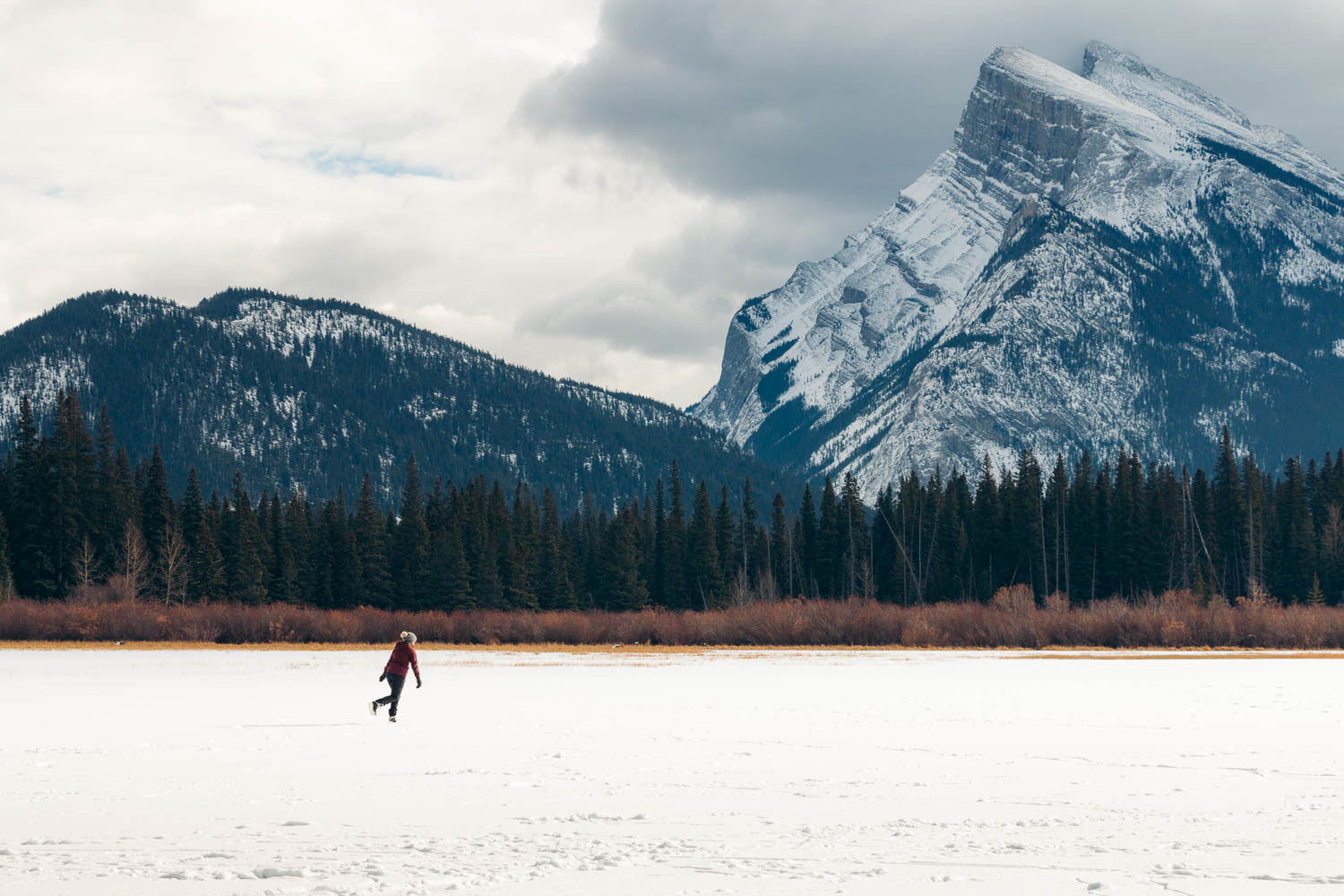
4. How Many Days Do You Need to Visit Banff National Park?
Ideally you need at least 5 to 7 days to fully appreciate and explore Banff and its surroundings. There are so many trails aching to take you to the vibrant lakes on and off the tourist path. Designated thermal springs promise to keep you warm while you admire the towering mountains even during the coldest time of the year.
And the quintessential town of Banff and its neighbors… Well, you get far more than just the mountains and lakes, if that’s your cup of tea.
What if you have only 2 days to spend in Banff National Park? Fear not, you can still manage to see and explore a lot. Maybe lesser-known areas at the end of miles-long trails are out of your reach at this time, but Banff has a whole lot of places you can drive or hike to. Stick to the shorter hikes, though, such as the Peyto Lake Trail or Johnston Canyon Trail.
5. What is the Closest Airport to Banff National Park?
The Calgary International Airport greets the majority of the international visitors of Banff National Park. The airport is located roughly 1 hour 20 minutes east of the park, along the Trans-Canada Highway (Highway 1).
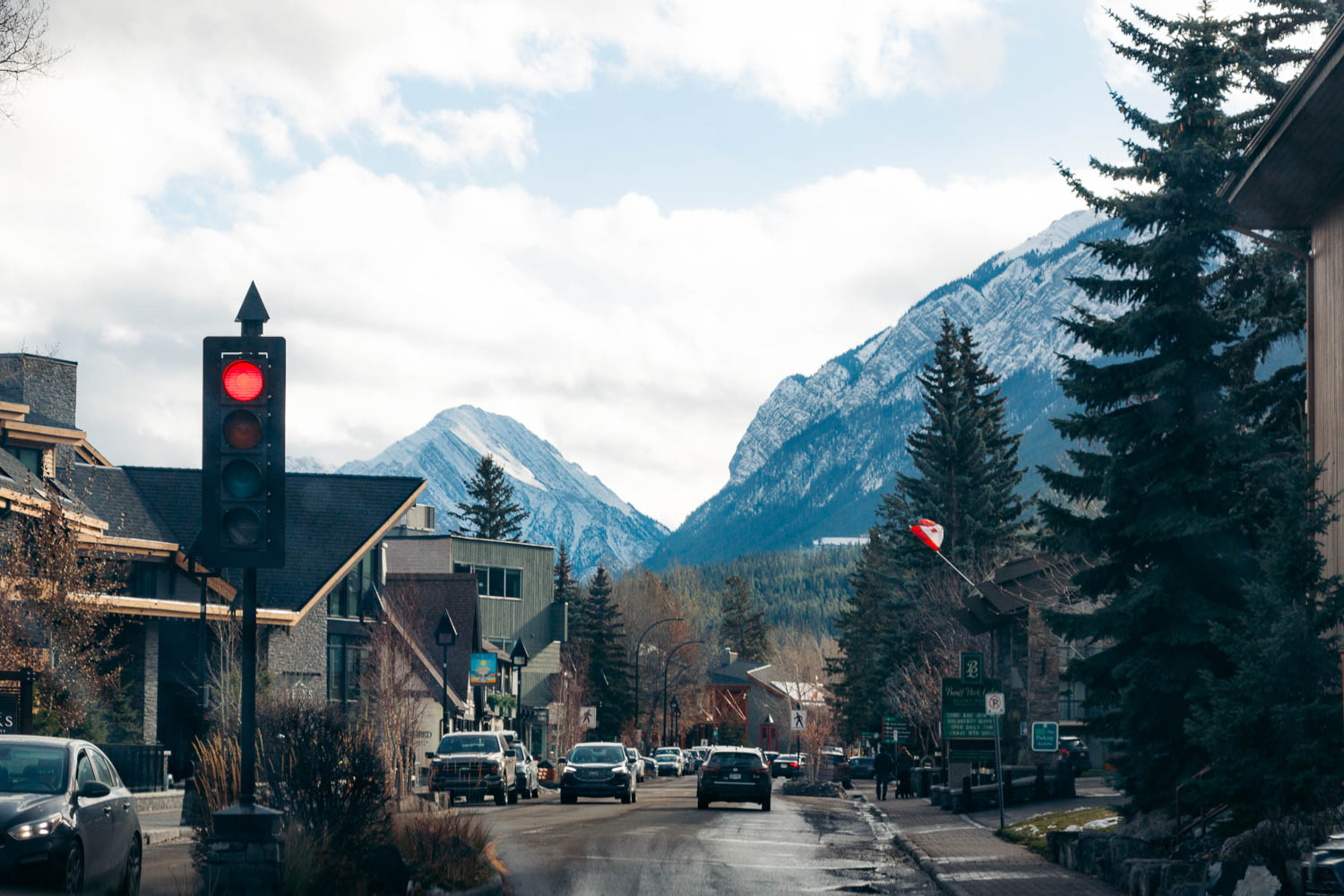
6. Going off the Beaten Path or Sticking to Tourist Places?
Tourist places, the ones that you can drive to and enjoy as soon as you get off a parking lot… Don’t skip them. In the Canadian Rockies, they are well worth visiting. Magnificent and awe-inspiring, many of these sites have their own parking lots or require a short hike through the woods.
Spanning from less than 3 to more than 10 miles one way, many trails open spectacular views with the iconic mountains in the background. Longer trails are normally not as popular even during the peak season. Yet similar to the popular tourist routes, many of these strenuous paths terminate at scenic lakes and gushing waterfalls.
With that being said, your decision of whether to visit a popular or lesser-known place in Banff National Park can be based not on the uniqueness of that specific gem, but on the time on your hands, your health and fitness level. The views are equally gorgeous at the end of both short and long trails.
7. How to Avoid Crowds in the Canadian Rocky Mountains during the Peak Season?
As we mentioned before, early morning and late afternoon are the surest ways to escape the crowds in Banff National Park during the peak season. Try to arrive at your desired destination for sunrise or sunset. Along with far fewer people, you will be rewarded with the magnitude of colors bedecking the sky.
8. Visit Other National Parks Near Banff
Banff National Park neighbors Jasper, Kootenay, and Yoho National Parks and three adjacent provincial parks.
Located within the Rocky Mountains, these areas follow Banff’s footsteps and boast some of the most beautiful sights in Canada. On the other hand, not as popular, they are far better choices if you long for solitude and tranquility even during the summer months.
Banff is also one of the highlights of a long road trip through national parks in the U.S. and Canada. This week-long or longer journey often starts in Grand Teton National Park, continues in Yellowstone that spans a part of Wyoming and Montana, then keeps on through Glacier National Park before ending in the Canadian Rocky Mountains.
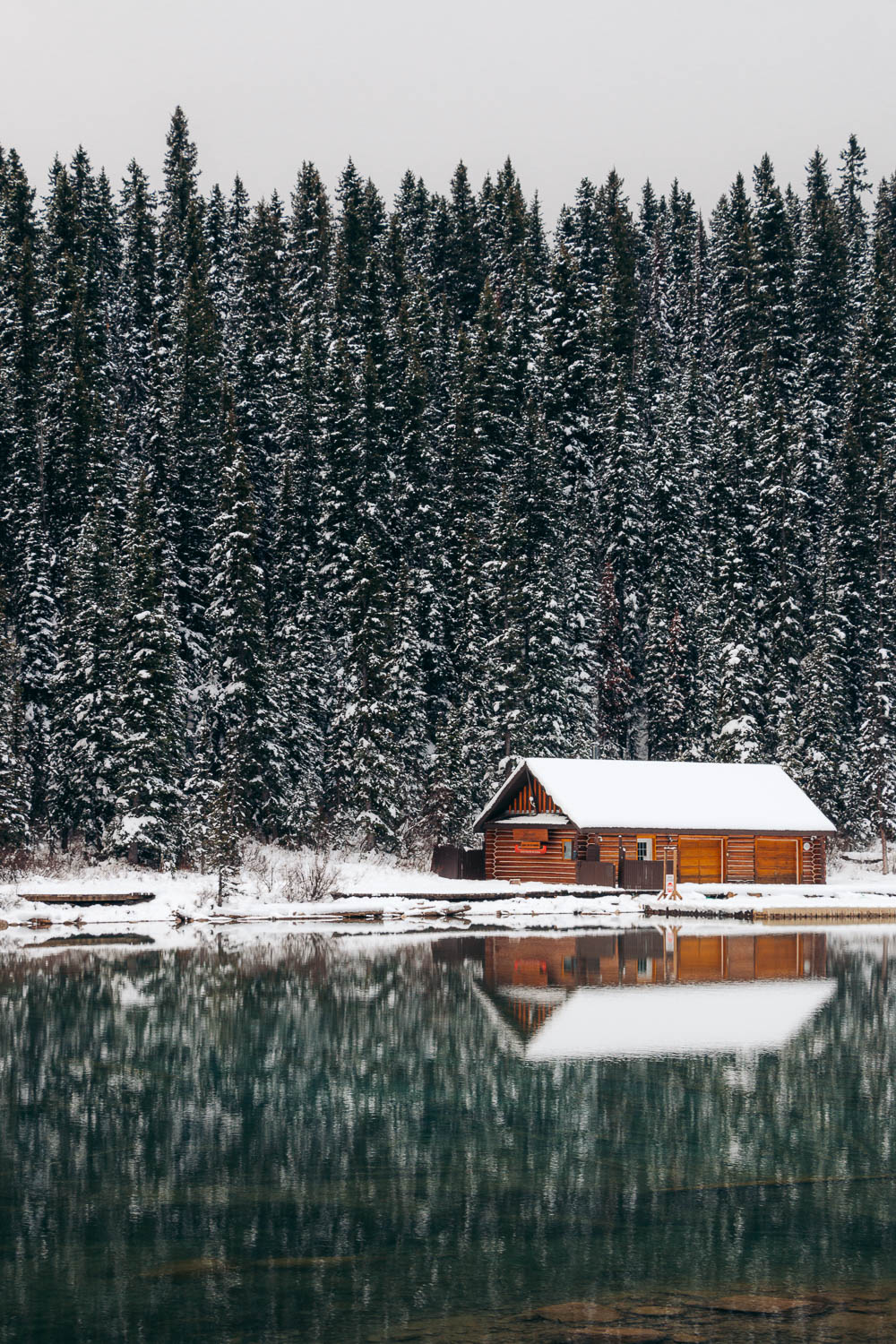
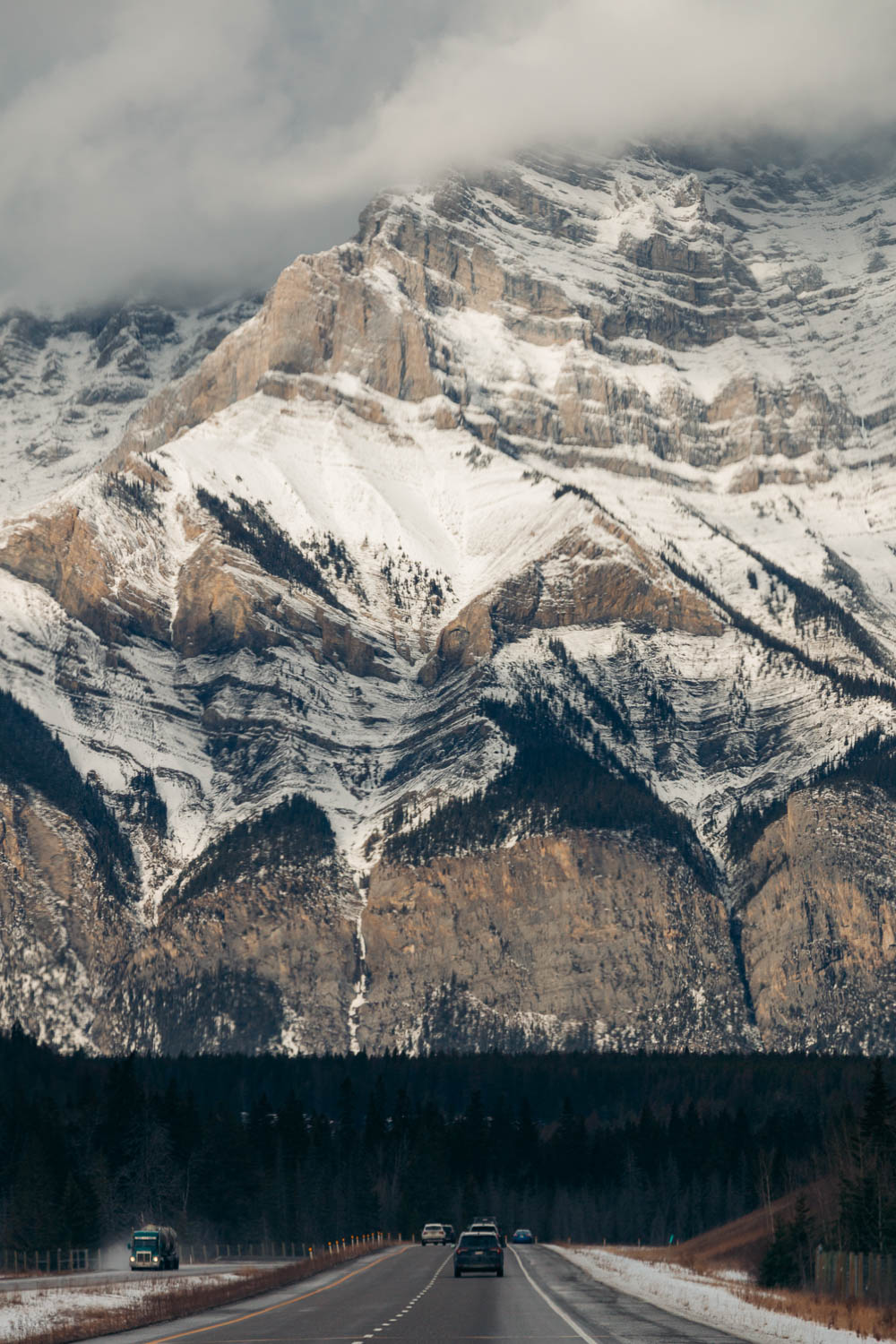
this article is very useful, thank you for making a good article
Author
You’re very welcome